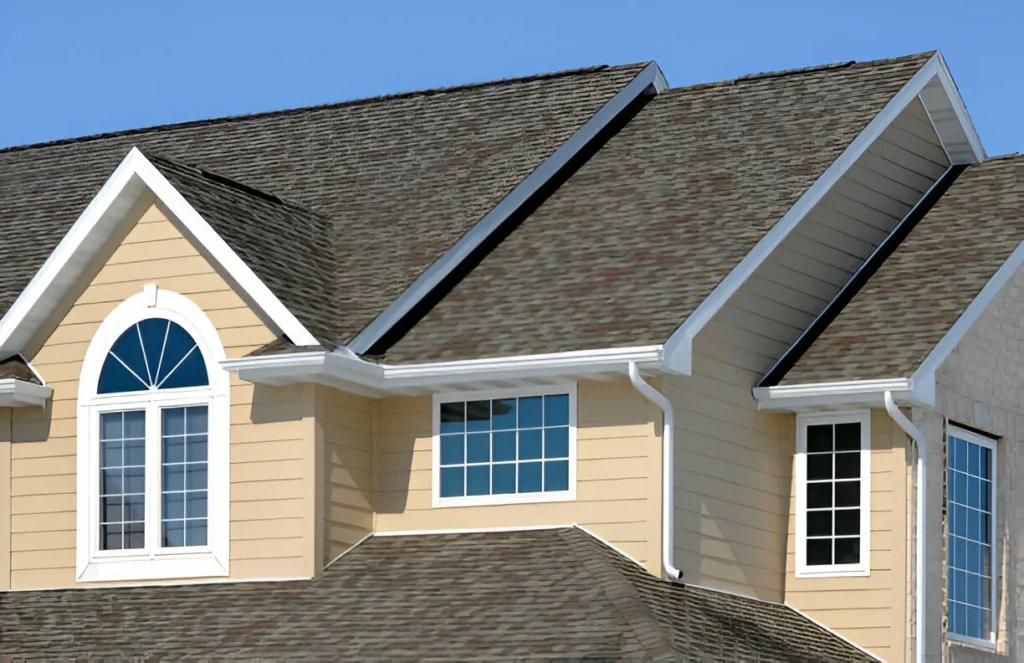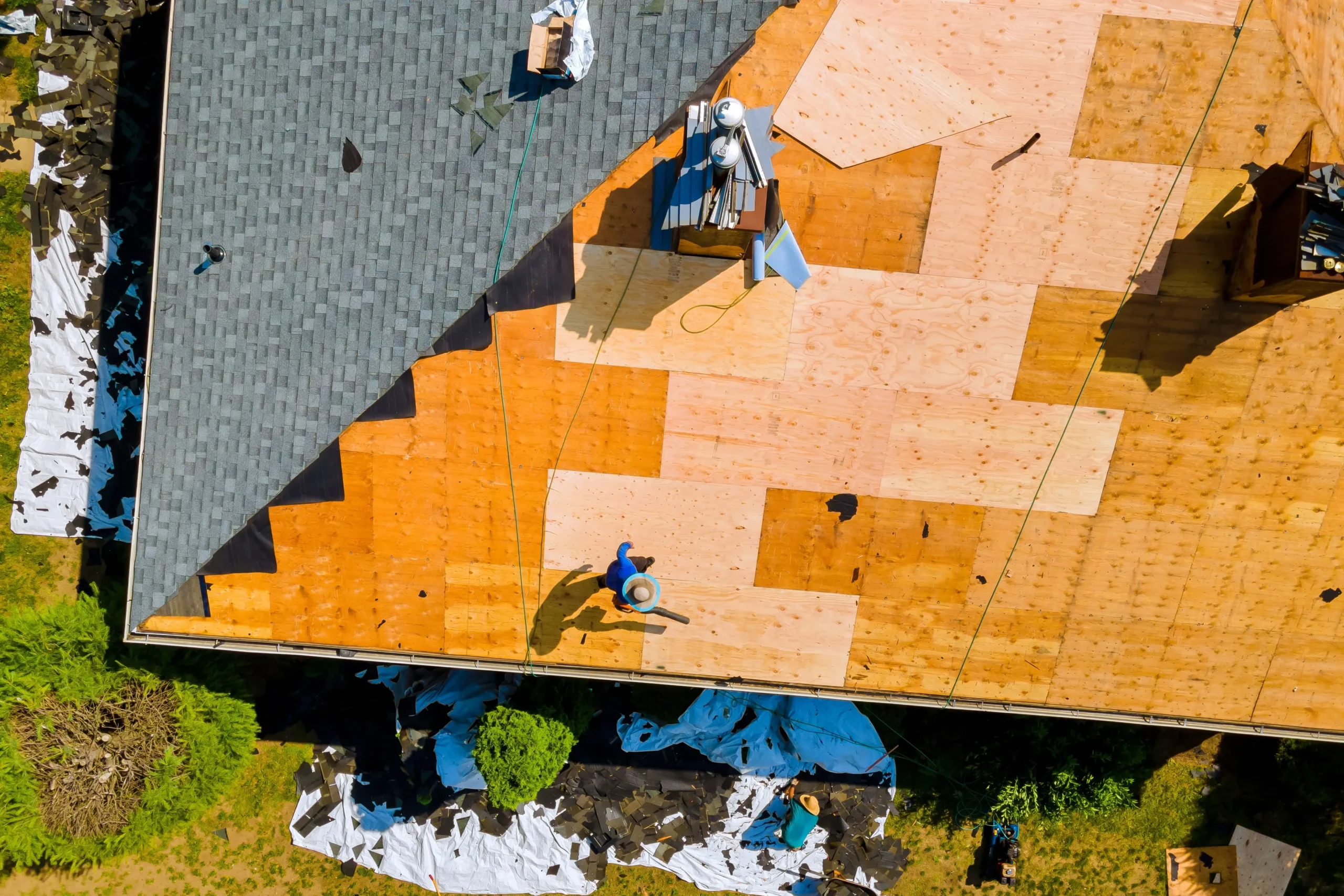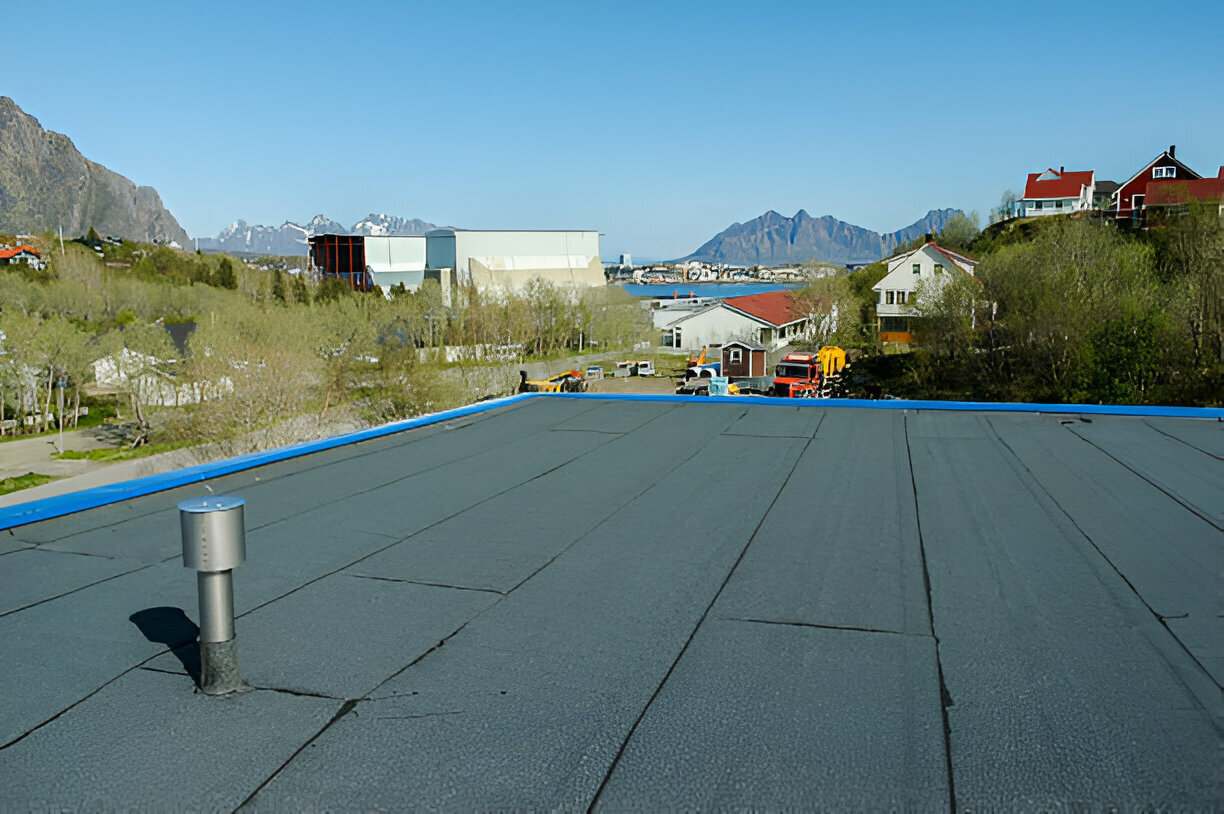A roofing system is an essential element that protects your house from
various external elements. It shields your house against weather
elements, including rain, wind, snow, and sunlight. The roofing system
protects you and creates safe conditions for enjoyment. Many components
make a proper roofing system that functions as one synchronized unit. Every
piece functions with its unique task in the system. Your roofing system will
maintain longevity. It defends your house through the proper
maintenance of each component.
What Is a Roofing System?
The roofing system unites many elements to form a structurally sound
roofing structure. Shingles represent only one component of what you
observe outside the building. The lower roofing components deliver
strength to the system. It also serves to maintain water protection as
well as permit airflow. An understanding of your roofing parts allows
you to understand both its operation and maintenance needs.
Roof Deck – The Base of the Roof
A roofing system starts with the roof deck positioned at its base. The
structure typically uses wood or plywood materials for its creation.
This bottom layer enables roof support, including its components. The
complete roofing structure becomes unstable when the deck experiences
weakening or damage. When your roof has a strong deck, it receives
an excellent support foundation.
Underlayment – The Waterproof Shield
The roof deck stands as the base layer to which underlayment is installed.
This protective element functions as a very water-resistant membrane.
The water protection function of underlayment allows it to prevent water
from entering your house. It is through damaged roofing materials. The
protection system functions as a backup mechanism that extends to safeguarding
your house.

Shingles – The Outer Cover
As part of your roofing structure, shingles occupy the top position.
Nominal external weather dangers find their initial protection through
shingles. Asphalt, along with metal tile and rubber, serve as roofing
materials besides asphalt shingles. Asphalt shingles stand as the
roofing material that enjoys the highest popularity. Installation of these
products proves simple, and they have a lifespan of many years. Thick
metal roofing components have superior strength, which matches their
extended lifespan. All types of roof shingles function to safeguard both lower
roofing components and maintain attractive roof appearances.
Flashing – Protecting the Weak Spots
The vital part of protecting weak areas on roofs is done through flashing components.
Thin metal pieces form the composition of flashing. Flashing functions as a
protective barrier. It blocks water infiltration points around chimneys, skylights,
vents, and other similar weak spots. Without the proper installation of flashing,
your roofing will start leaking, which will damage your property inside the home.
Roof Ridge – The Top of the Roof
The roof ridge designates it as the elevated peak area of the roofing structure.
Your roofing reaches its absolute highest point at the roof ridge. The two roof
sides connect directly at this point. A specific ridge cap serves as protection
against water by covering this vulnerable area. Water drains down the roof
sides with the help of this protective element. The ridge functions as an air
passage that permits attic-hot air to leave the system.
Roof Vents – Keeping Air Flowing
Roof Vents function as important air circulation points that prevent
heat buildup in your roof.
Your roofing contains roof vents as openings that support attic ventilation.
The openings contribute to roof cooling efficiency in summer months, along
with winter moisture protection. Whether through the attic or other parts
of the roofing system, proper ventilation allows air to move in and out to
prevent mold growth and moisture or heat accumulation. Having roof vents
prolongs your roofing life and reduces household energy consumption.

Gutters and Downspouts – Moving Water Away
The edges of any roofing system will contain gutters ready to collect rainwater.
These drainage systems capture rainwater and then direct it through the
downspouts toward distant areas from the house. The drainage system prevents
water from pouring along exterior walls and the basement entry. A roofing
system requires clean gutters to function properly.
Soffit and Fascia – Finishing the Roof
A roofing overhang supports the soffit just below it. Your attic ventilation depends
on the air coming through the soffit to stay properly ventilated. A fascia functions
as the wooden board installed at the front edge. The gutters rest upon the
fascia because it creates a smooth surface that finishes the roof’s appearance.
The roof edges get protection from both components, which also aids airflow movement.
Why Each Roofing Part Matters
Every piece in your roofing system fulfills specific duties for its operation.
The deck supports everything. The underlayment blocks water. Shingles protect
the outside. Flashing covers the weak spots. Vents and soffits allow airflow.
Gutters keep water away. The nonfunctioning of one roofing element has the
potential to inflict damage on the other components of the system. Regular
checks followed by prompt upkeep of roofs remain essential for their proper maintenance.
Take Care of Your Roofing System
Regular checks of your roofing system must be performed at least yearly.
The examination should focus on broken shingles alongside blocked gutters
and rusted flashing. Any detected roofing issues must be dealt with promptly,
either through immediate repairs or by consulting professional roofing experts.
A current small repair process will prevent major problems from
developing in the future. Proper roof maintenance ensures the safety and
dryness of your home environment.
Conclusion
The roofing system consists of many components that unite to create
total home protection. Every component in roofing performs an essential
task, starting from elements on the deck up to ventilation. Knowledge of roofing
enables you to handle your roof with higher skill and dedication. An
expensively maintained roof provides security, together with cost savings
that become evident over time.



